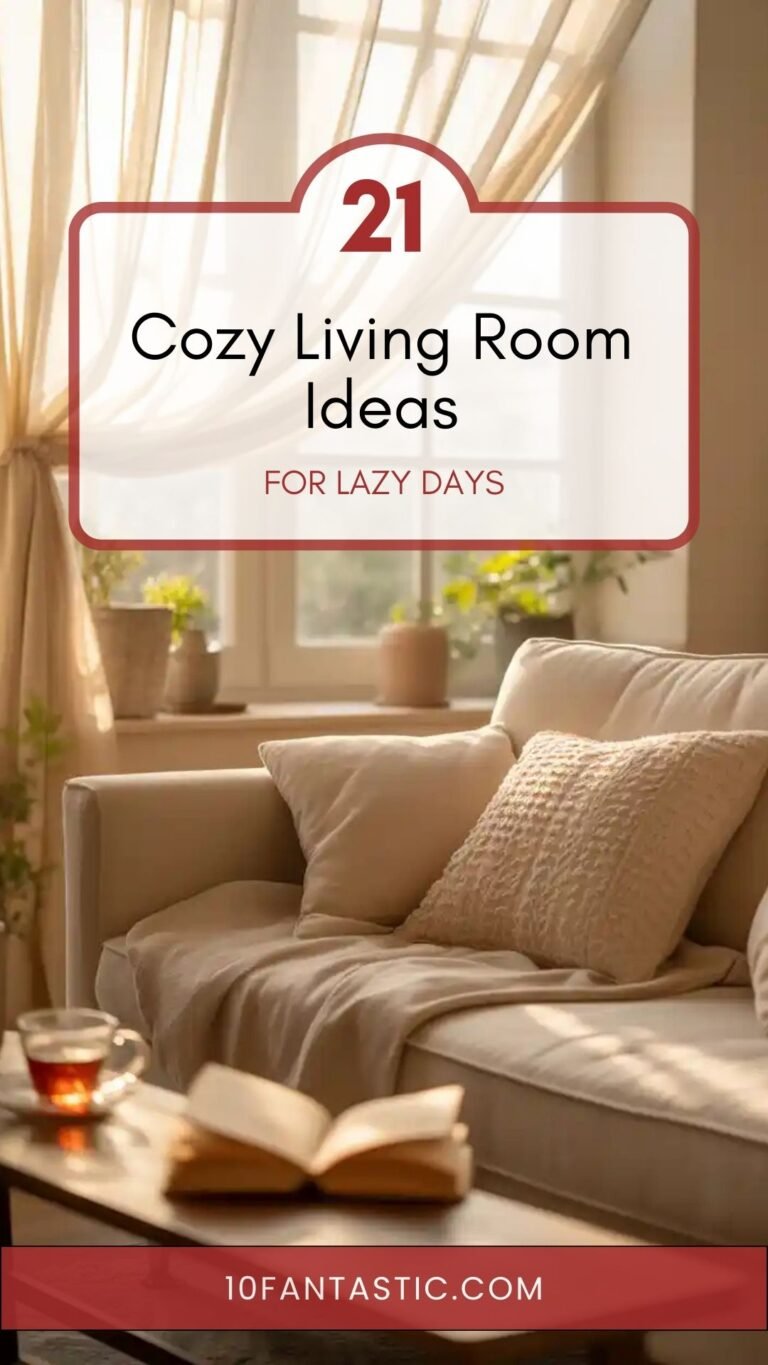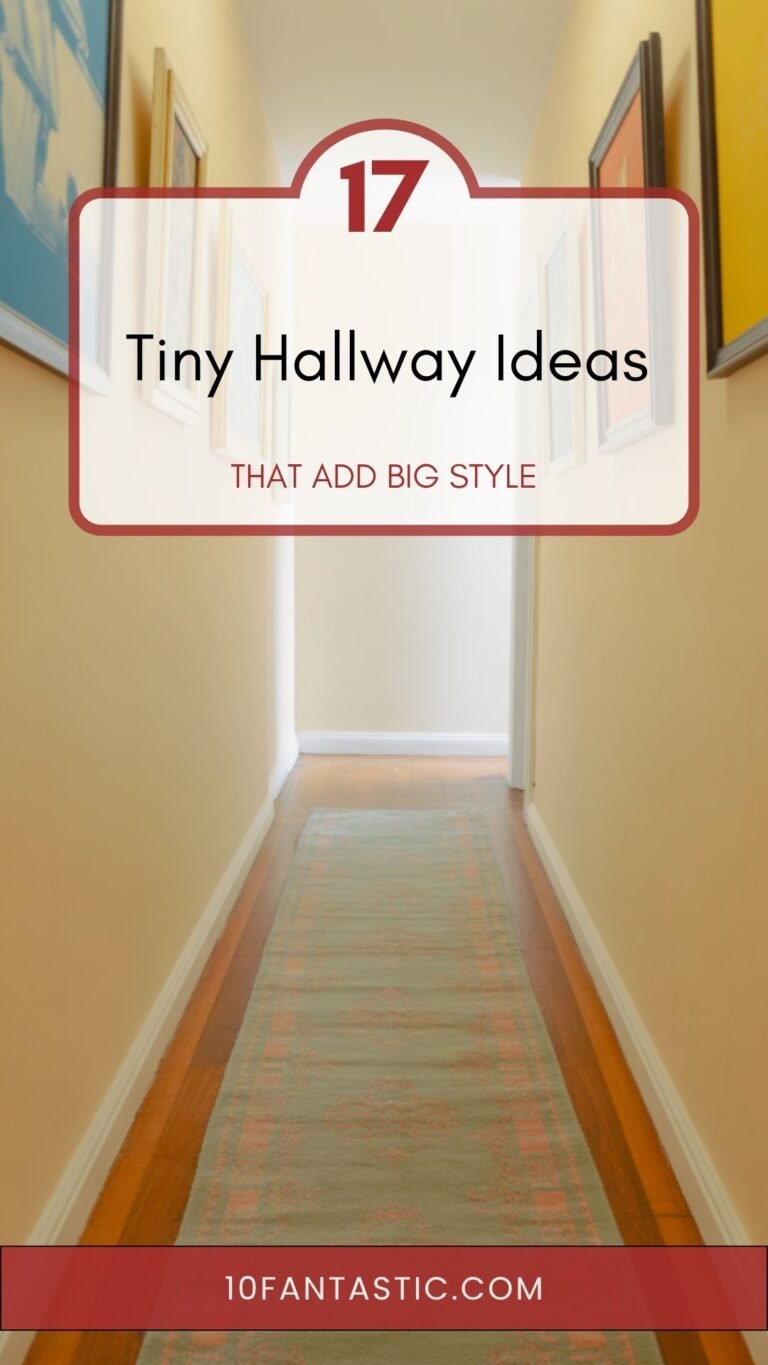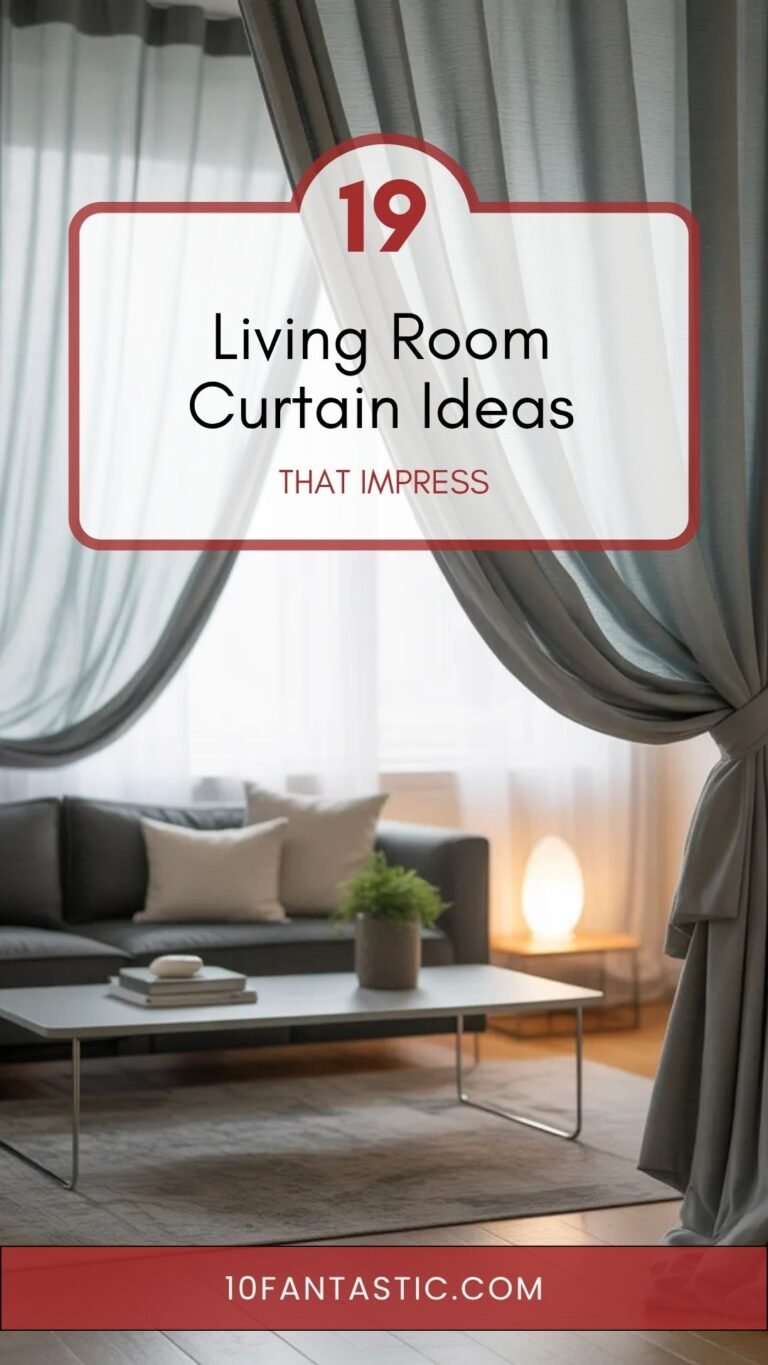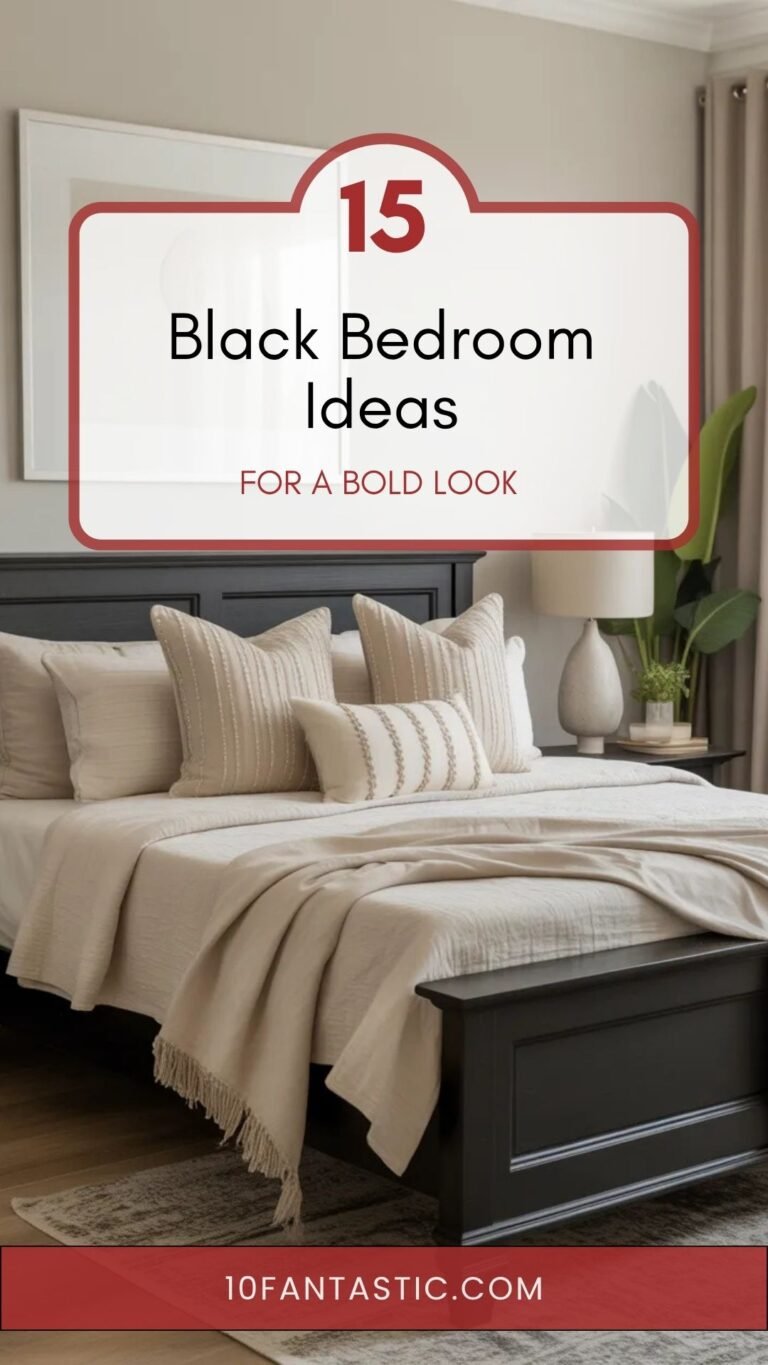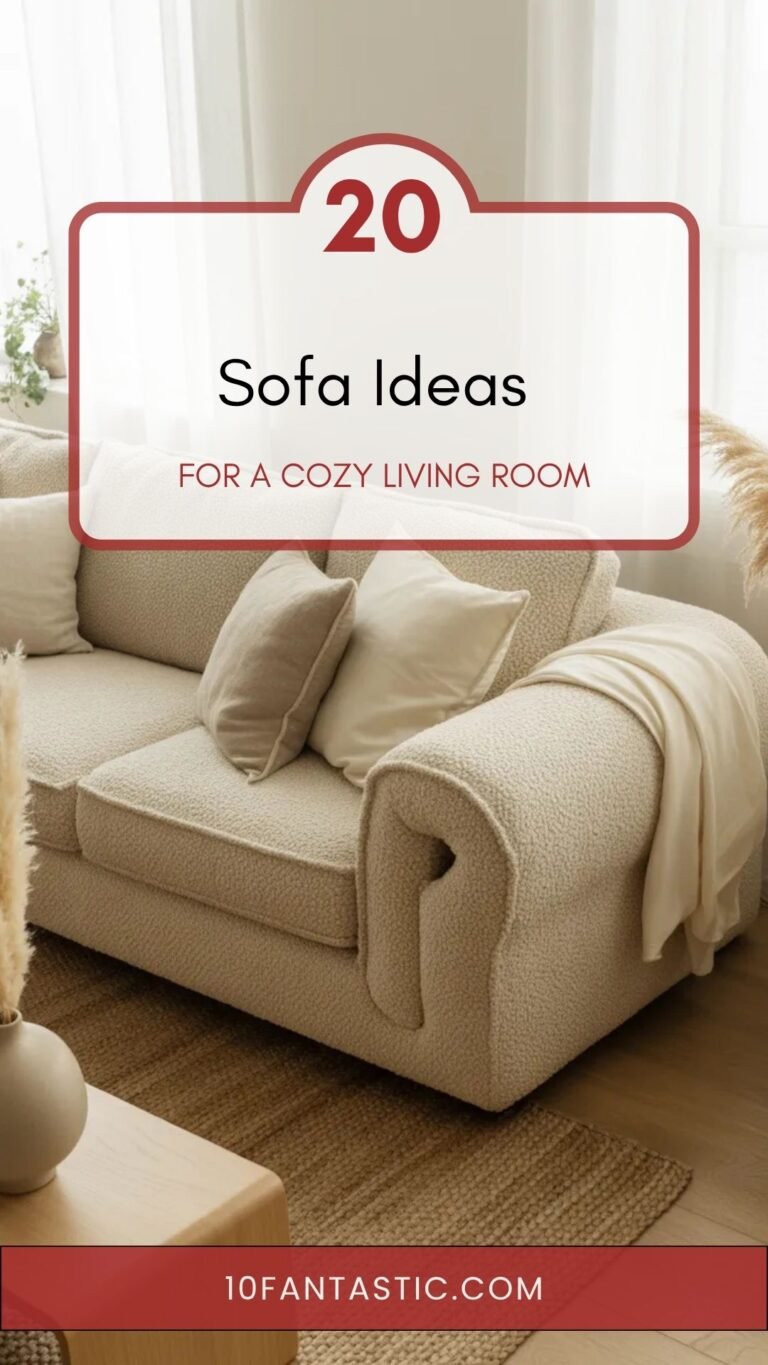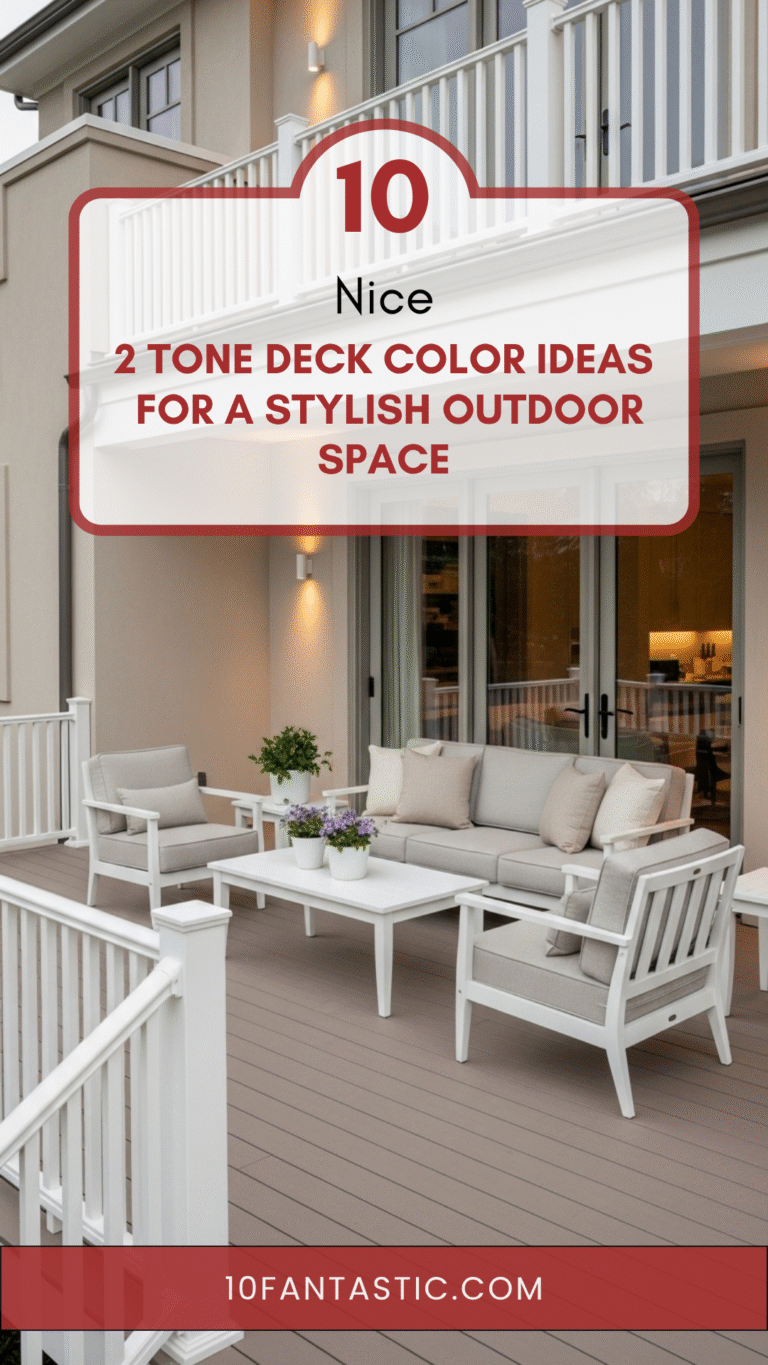10 Creative ABA Therapy Room Ideas for Kids
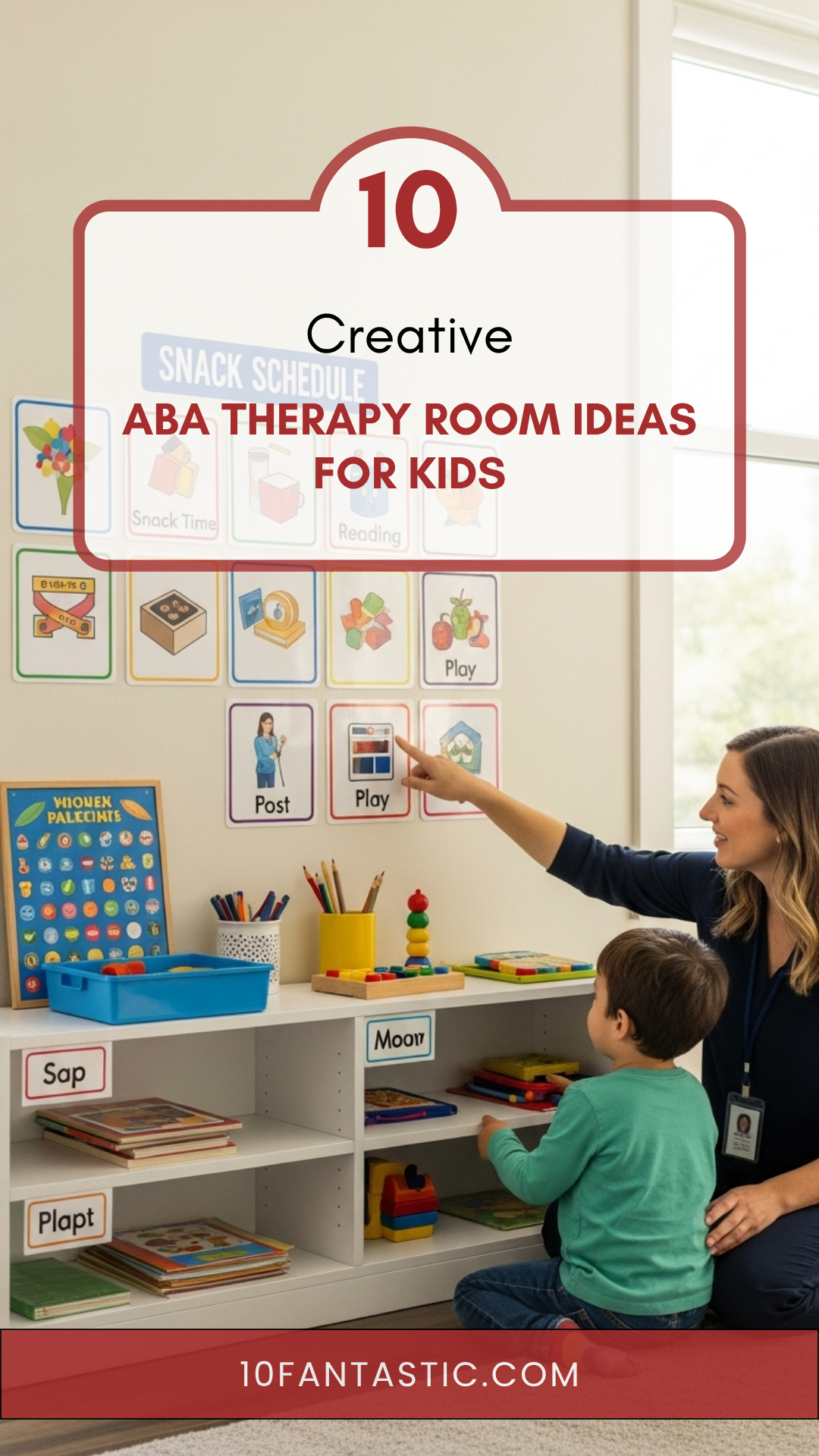
ABA Therapy Room Ideas can make a huge difference in how children learn, engage, and grow. Applied Behavior Analysis (ABA) therapy focuses on building positive behaviors, improving communication, and enhancing social and academic skills. But the environment where therapy takes place plays an equally important role.
The design of an ABA therapy room should create a sense of calm, comfort, and focus. It should be functional enough for learning but also friendly and inviting. The right setup helps children feel safe while giving therapists and parents the tools they need to guide learning effectively.
In this article, we will look at ten creative ABA therapy room ideas that balance fun, structure, and support. Whether you are designing a room at home or in a clinic, these ideas will help you create a space that encourages progress and confidence in every child.
1. Choose a Calm and Neutral Color Scheme
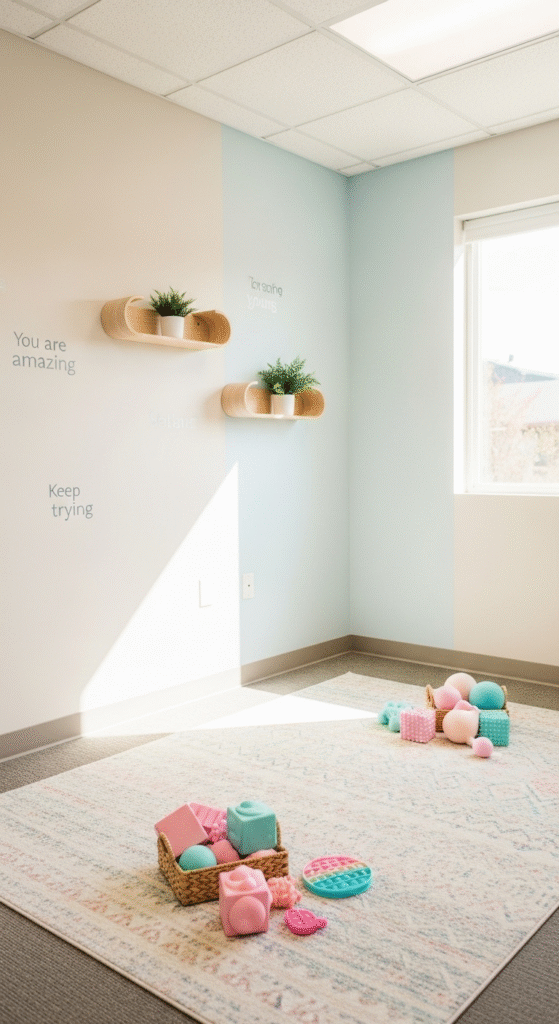
The color palette in a therapy room can affect a child’s mood and focus. Bright or overly busy colors might be distracting, while soft, neutral shades promote calm and comfort. Soft blues, greens, and beige tones work well because they are gentle on the eyes and create a peaceful setting.
Neutral walls allow you to add pops of color through small décor items, learning tools, or sensory materials. This way, you can maintain a soothing backdrop while still keeping the room visually interesting.
Research shows that calm colors help children regulate their emotions and reduce overstimulation, which is especially important for those with sensory sensitivities. A simple color scheme also makes it easier to keep the room feeling tidy and organized.
If you want to add some personality, use wall decals or posters with positive affirmations and simple designs. Just make sure they are not overly stimulating or cluttered. The key is to make the space feel warm and inviting while supporting focus and learning.
2. Create Clearly Defined Learning Zones
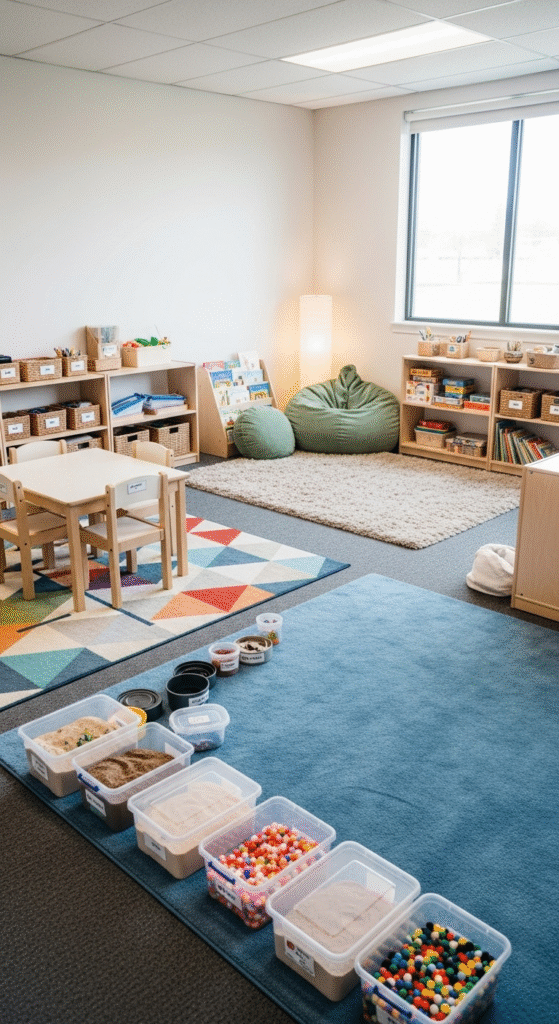
An effective ABA therapy room should have separate areas for different activities. Dividing the room into zones helps children understand structure and what is expected in each space. It also minimizes distractions by keeping activities organized.
You can use shelves, rugs, or furniture placement to define each zone. For example, one area could be for table work, another for sensory play, and another for relaxation or calm-down time. Visual boundaries help children transition smoothly from one activity to another.
A small rug or mat can mark where each activity happens. Over time, children learn to associate that area with a specific task, which supports predictability and routine. This method is especially effective for children who thrive on structure.
You can even label each zone with pictures or icons to reinforce learning and independence. A clear layout keeps the room organized and helps therapists run sessions more smoothly.
3. Include a Comfortable Sensory Corner
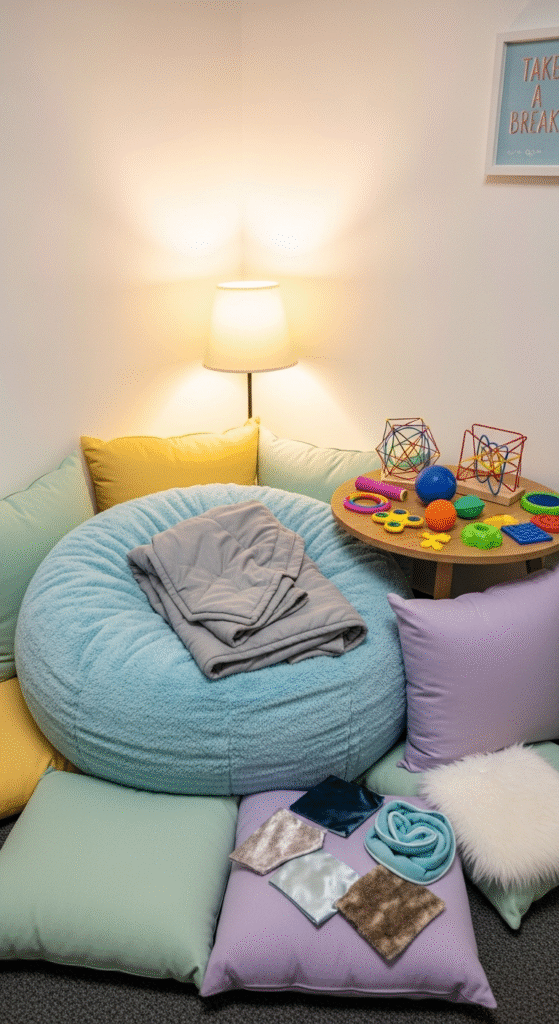
A sensory corner is one of the most important parts of an ABA therapy room. It provides a space where children can calm down, regulate their emotions, and refocus. This area helps them learn self-management, a key goal in ABA therapy.
You can fill this corner with soft items like bean bags, cushions, weighted blankets, and noise-canceling headphones. Add sensory tools like fidget toys, textured fabrics, or small stress balls. These tools help children self-soothe during moments of frustration or overload.
Lighting is also important here. Use soft, dimmable lights or a small lamp to make the space cozy. Avoid harsh lighting that can trigger sensory discomfort.
This corner doesn’t have to be large. Even a small nook can be transformed into a calming retreat. The main goal is to offer a safe spot where a child can take a break when they need to. Over time, this teaches emotional awareness and control.
4. Use Visual Supports and Schedules
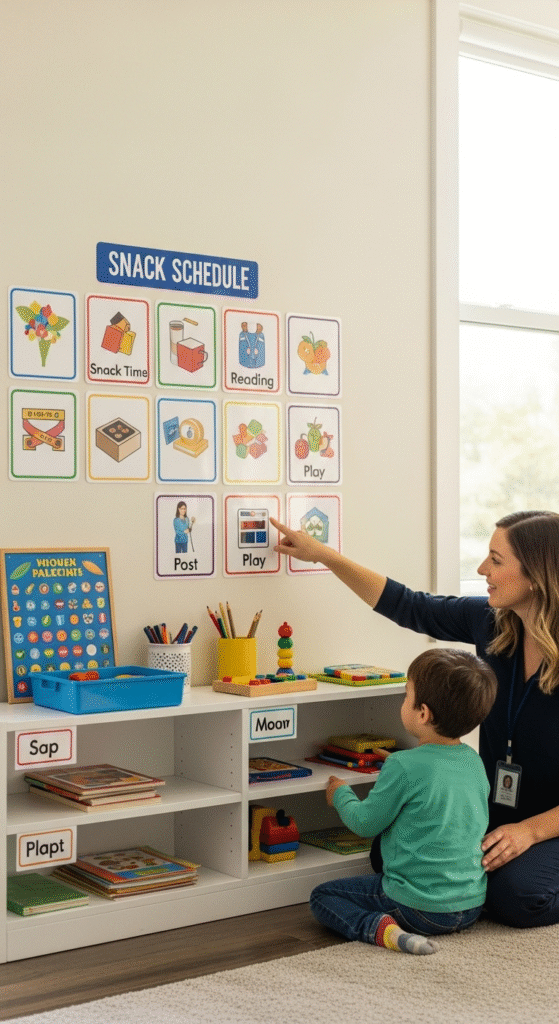
Visual aids are essential in any ABA therapy environment. They help children understand routines, expectations, and transitions. A visual schedule on the wall can show what activities are coming next, reducing anxiety and improving focus.
You can use picture cards, laminated charts, or magnetic boards for flexibility. For example, include visuals for “circle time,” “snack,” “reading,” or “free play.” When one activity ends, the child moves the picture to show progress, reinforcing a sense of accomplishment.
Labeling shelves, bins, and materials with words and pictures also helps with organization. This supports independence and helps nonverbal children find what they need without relying entirely on an adult.
Visual supports not only make the space look organized but also teach valuable skills like sequencing and responsibility. They help children anticipate what comes next, which can make sessions smoother and more predictable.
5. Add Engaging Wall Activities and Learning Tools
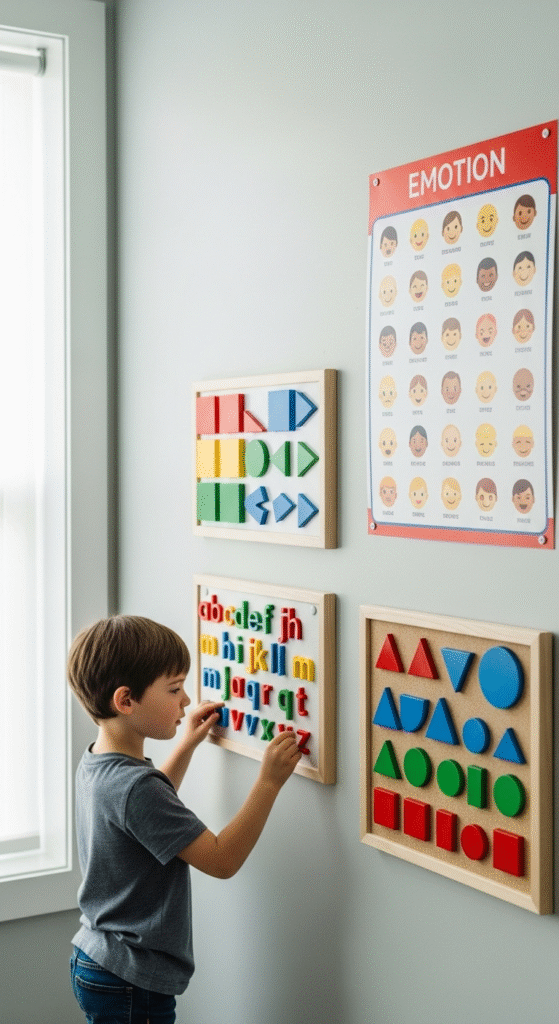
Walls don’t have to be empty. You can use them to create interactive learning opportunities that keep children interested. Consider adding wall-mounted boards, felt boards, or magnetic letters to encourage hands-on engagement.
Activity walls can include color-matching boards, shape puzzles, or number lines. These are great for fine motor development and visual learning. For older children, you can create themed walls that change throughout the year to keep things fresh and exciting.
Posters with simple visuals, such as emotion charts or reward systems, help reinforce behavioral goals. They serve as constant reminders in a fun and nonverbal way.
Try to keep the wall design balanced. Too many visuals can overwhelm a child. Choose a few meaningful displays that serve a learning purpose. Rotating them occasionally keeps the environment stimulating without being distracting.
6. Keep Furniture Simple and Functional
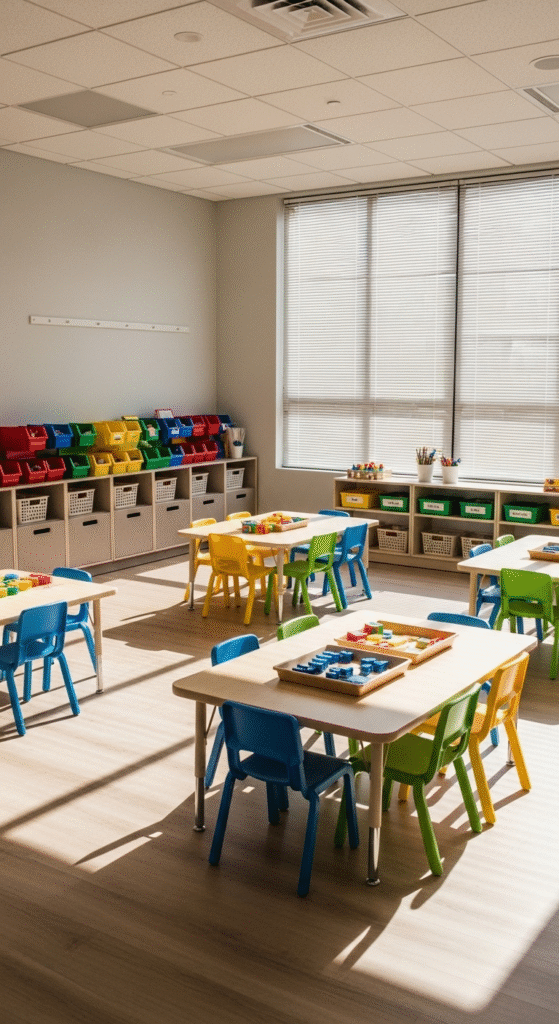
The right furniture can make a big difference in comfort and focus during ABA sessions. Choose pieces that are sturdy, easy to clean, and child-sized when possible. Low tables and chairs give children a sense of independence while keeping them at eye level with the therapist.
Arrange the furniture to create open pathways, so children can move around safely during transitions. Avoid clutter and keep the layout simple. Too many large or bulky pieces can make the space feel cramped.
Storage furniture with bins or drawers helps keep materials out of sight when not in use. This minimizes visual distractions and teaches organization. You can color-code bins for different subjects or types of activities to make clean-up time easier.
Rounded furniture edges are safer for young children, especially those who move quickly or have coordination challenges. Every piece should have a purpose, from comfort to accessibility.
7. Bring in Natural Light and Fresh Air
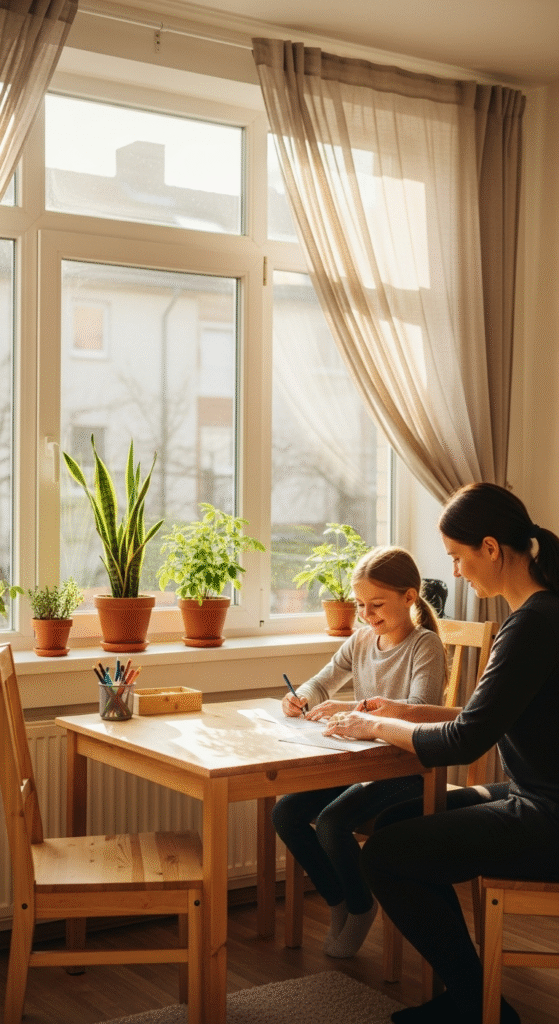
Lighting has a powerful impact on mood and behavior. Whenever possible, let natural light fill the therapy room. It boosts alertness, helps regulate energy levels, and creates a more positive atmosphere.
Place tables or play areas near windows to take advantage of sunlight. If your room doesn’t get much natural light, use soft LED bulbs that mimic daylight tones. Avoid flickering fluorescent lights, as they can cause discomfort or distraction.
Fresh air also helps improve concentration. Open windows when possible or use an air purifier to maintain a clean, comfortable environment. A few indoor plants can make the room feel alive and calming while improving air quality.
A well-lit, fresh space encourages both therapists and children to feel relaxed and motivated. The goal is to create an environment that feels cheerful and uplifting, not clinical or sterile.
8. Incorporate Movement and Gross Motor Activities
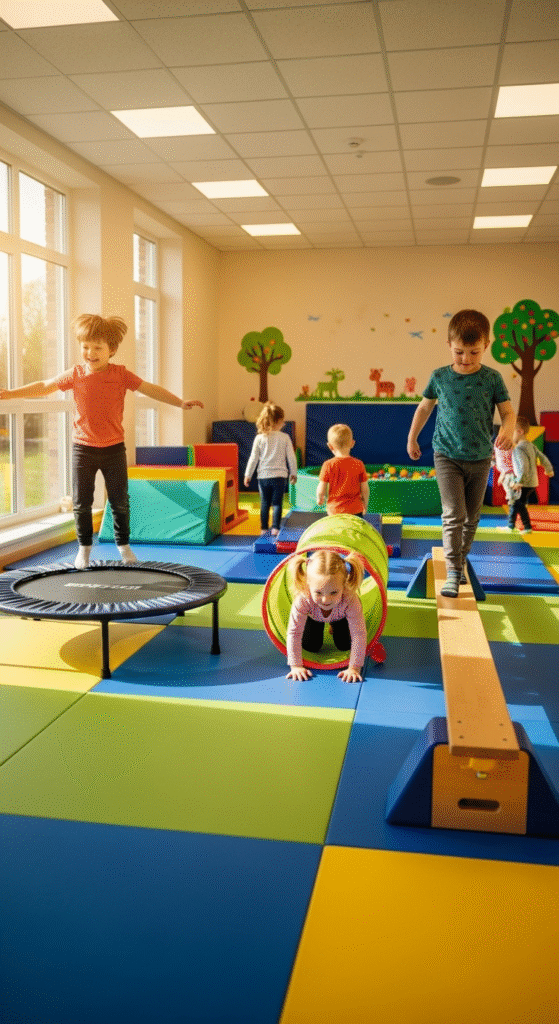
Physical movement is an essential part of learning, especially in ABA therapy. Kids need space to move, jump, stretch, and release energy. A small area for gross motor activities can make sessions more balanced and fun.
You can include items like mini trampolines, balance beams, tunnels, or soft mats for stretching. These activities help improve coordination, strength, and focus. Movement breaks also prevent fatigue during longer therapy sessions.
Even small spaces can be adapted for movement. Rolling yoga mats or collapsible tunnels can be stored easily when not in use. This keeps the room flexible without taking up too much space.
Integrating movement supports sensory regulation and helps children stay engaged during table work or structured lessons. It’s a great way to make therapy both productive and enjoyable.
9. Add Personal Touches and Comfort Items
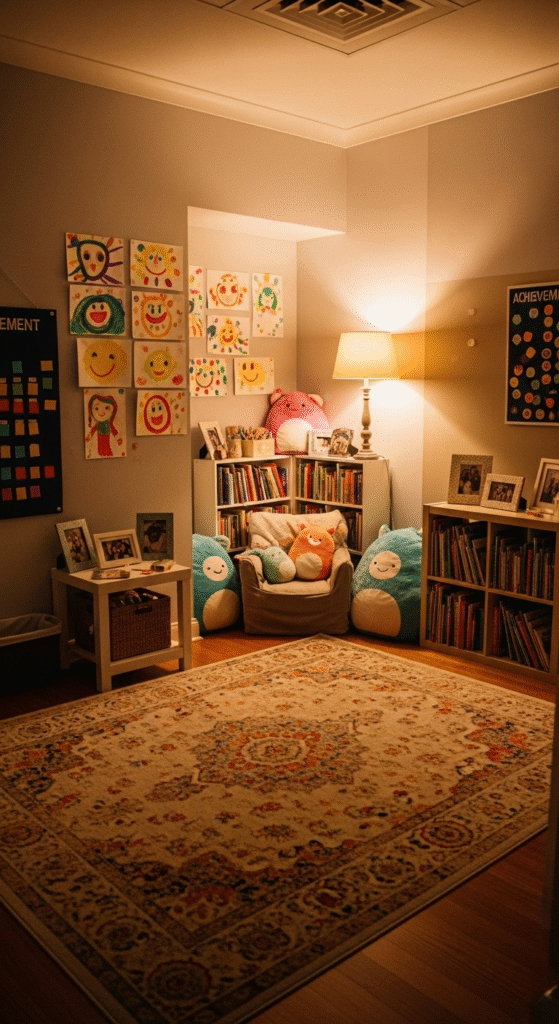
A therapy room should feel friendly and personal, not like a clinic. Adding comfort items and personal touches makes children feel more at home. You can display the child’s artwork, family photos, or achievement charts to celebrate progress.
Include soft rugs, cozy chairs, or even a small reading nook. These details make the space warm and welcoming, helping children feel secure. Familiarity reduces anxiety and makes them more open to learning and participation.
Every child has unique preferences. Some may prefer a quiet corner with books, while others enjoy colorful sensory bins or building blocks. The key is to make the room adaptable to different personalities and needs.
Adding touches that reflect each child’s interests, such as a favorite color or theme, helps build trust and comfort. A room that feels personal encourages positive engagement and makes therapy time something to look forward to.
10. Keep Materials Organized and Accessible
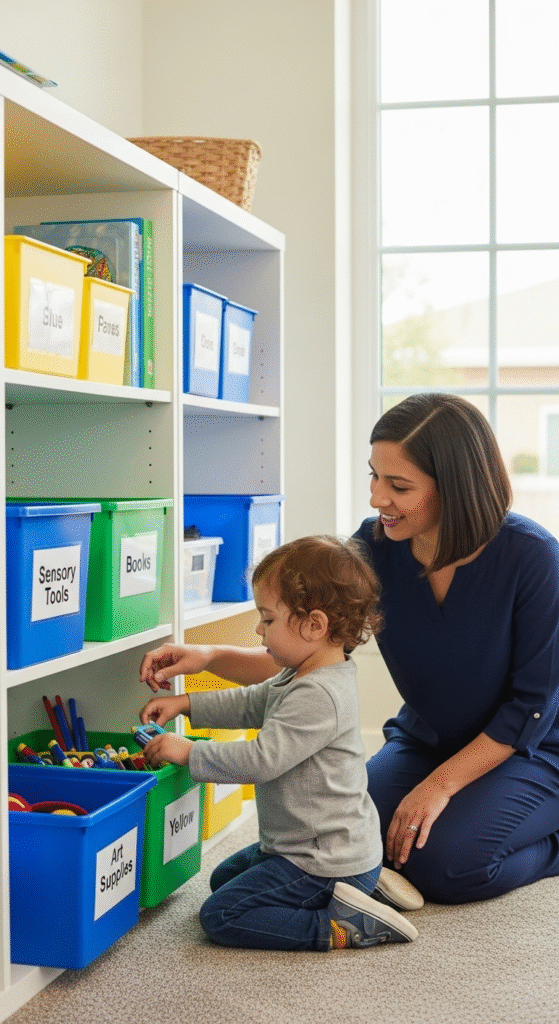
Organization is vital in ABA therapy. A clutter-free environment supports clear thinking and smoother transitions. Use labeled bins, shelves, and drawers to store toys, learning tools, and sensory materials neatly.
Color-coded storage helps both therapists and children find items quickly. For example, blue bins could hold sensory items, green bins for books, and yellow bins for art supplies. Consistent organization teaches responsibility and independence.
Make sure materials are accessible to the child when appropriate. This encourages decision-making and self-help skills. However, keep breakable or advanced materials out of reach to maintain safety.
A tidy space also saves time during sessions, allowing therapists to focus more on interaction and learning rather than searching for tools. The goal is to create an environment that feels calm, structured, and easy to manage.
See Also: 10 Nice 2 Tone Deck Color Ideas
Why the Right Environment Matters in ABA Therapy
The environment has a direct impact on how children respond to ABA therapy. A well-designed room sets the tone for learning, helps reduce anxiety, and builds consistency. It supports both therapists and children by removing distractions and creating a predictable routine.
A good environment also encourages communication, independence, and emotional regulation. When children feel safe and comfortable, they are more likely to participate actively in therapy. Every design choice, from color to layout, contributes to a sense of security and control.
By combining functionality with warmth, you create a space that supports learning and well-being. It becomes more than just a room, it becomes a tool that helps children thrive.
Final Thoughts
These ABA Therapy Room Ideas show that with thoughtful design, you can create a space that encourages learning and joy. From sensory corners to calm colors, every detail plays a role in supporting growth and focus.
The goal is to make the room adaptable, comfortable, and purposeful. Keep it organized, well-lit, and inviting. Add sensory tools, personal touches, and clear structure to make it a place where children can learn and express themselves confidently.
When the environment feels safe and engaging, therapy becomes more effective. With the right setup, you can help children make steady progress while enjoying every session in a space built just for them.

